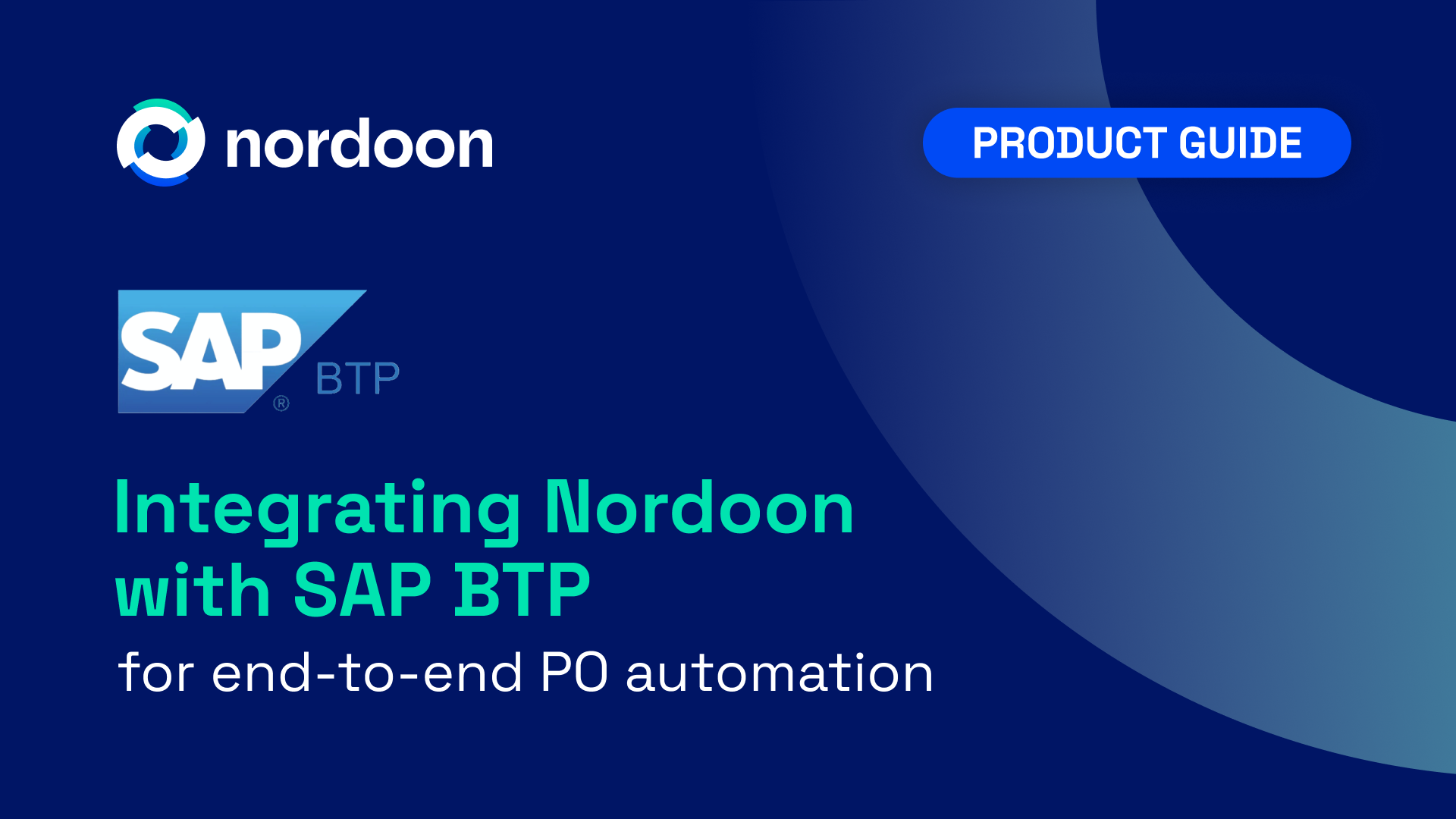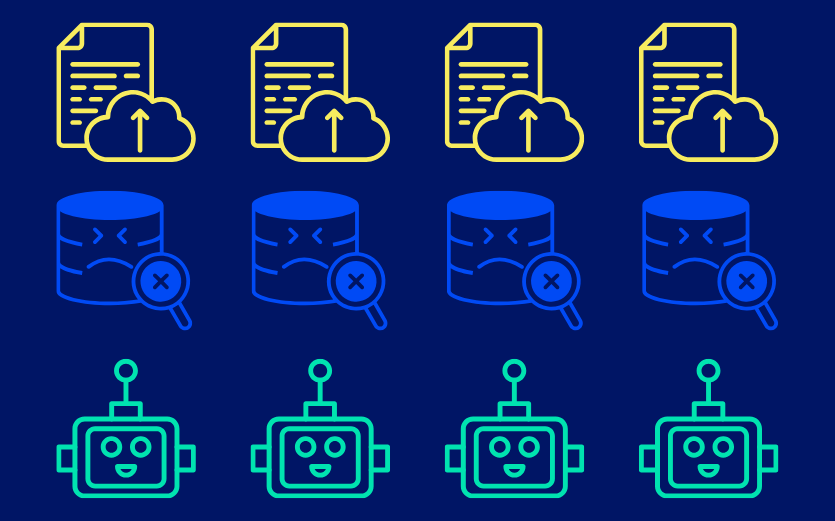Agentic automation in manufacturing: Reducing operational risk through real-world value
This article doesn’t hype AI – it looks at how agentic automation tackles real friction in real workflows. From demand forecasts buried in emails to mismatched invoices and manual order processing, AI Agents step in where the mess begins – not where the data’s already clean.













